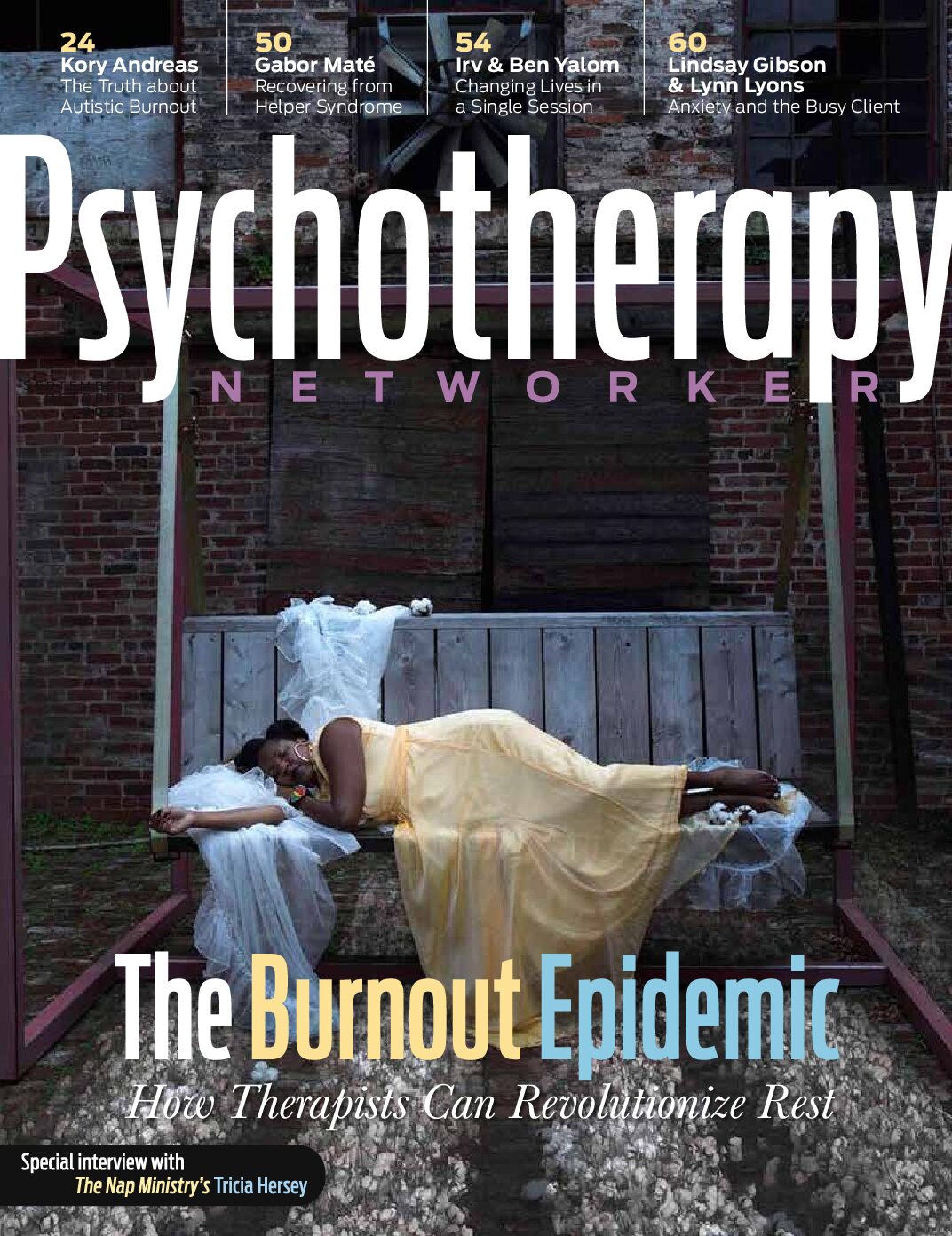Norman Doidge, psychiatrist and author of the bestselling book The Brain That Changes Itself, has spent the last 14 years exploring how to integrate recent discoveries in brain science into psychotherapeutic practice. Doidge believes that while the brain has an astonishing capacity for change, brain plasticity doesn’t always work out for the best.
“If you do something that’s good for you, the circuitry will fire faster, stronger, and more clearly,” Doidge says. “Over time, it’ll take up more cortical real estate and become your default circuitry. But it’s also true that if you repeatedly do something that’s bad for you, the same thing happens. The plastic paradox accounts for both our flexibility when we choose to do something for the first time as well as our symptomatic rigidity.”
Probably nobody has made a stronger case for the truth of the old adage “use it or lose it,” or argued more convincingly for routinely considering the power of plasticity in day-to-day psychotherapy.
As he puts it in this brief video clip, “I tell patients that neuroplasticity is like snow. The first time you go skiing down a mountain with fresh snow on it, you can take almost any path you want, as long as there aren’t any trees or rocks in your way. But if you had a good run the first time, the next run tends to be very close to that one. Eventually, if you keep it up, you’ll develop tracks in the snow that become harder and harder to get out of. Each time you do the thing that’s bad for you, like go into another relationship with someone who treats you in a demeaning way, you’re going to deepen that pattern.”
Rich Simon
Richard Simon, PhD, founded Psychotherapy Networker and served as the editor for more than 40 years. He received every major magazine industry honor, including the National Magazine Award. Rich passed away November 2020, and we honor his memory and contributions to the field every day.
Norman Doidge
Norman Doidge, FRCP, is a psychiatrist, training psychoanalyst, and neuroscience researcher (as well as poet and award-winning essayist), who has spent the many years exploring how to integrate recent discoveries in brain science, particularly neuroplasticity, into psychotherapeutic practice. He‘s the author of The Brain That Changes Itself, a New York Times bestseller that describes the brain‘s astonishing capacity for change, even in people seriously disabled from conditions like strokes, brain injuries, cerebral palsy, and learning disorders, not to mention entrenched depression, anxiety, and crippling character traits. He also authored The Brain‘s Way of Healing.













